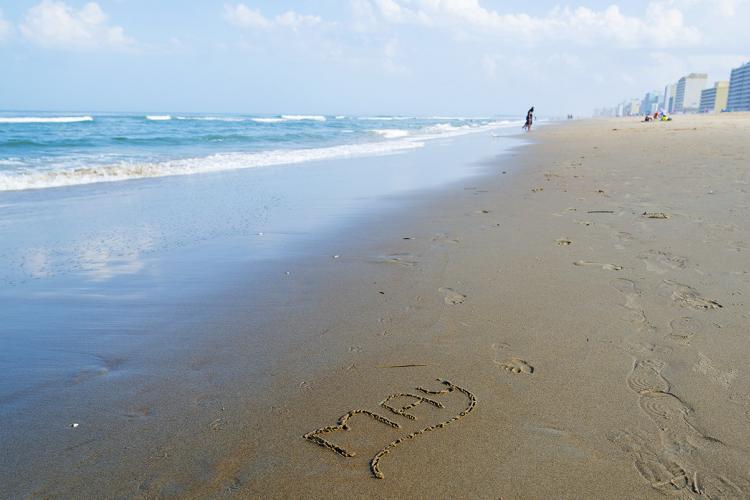While Virginia Beach usually doesn’t see winter temperatures as frigid as those in Chicago, Buffalo or even Boston, we can get ice and snow, which can make driving in winter hazardous. Many visitors come during the off-season for the cheaper hotel rates, smaller crowds, tasty fresh seafood, and a romantic setting. If you’re enjoying a winter Virginia Beach vacation, be sure to keep these tips in mind for safety.
Read below for some safe-driving tips for our colder winter months (from the American Auto Association):
• Before driving anywhere in your car, place a blanket, a flashlight, roadway flares, gloves, a hat, and some food and water in your car’s trunk. You also should have a bright red scarf or handkerchief (more on this in a moment).
• Make sure you have your car checked out for winter readiness (brakes, tire inflation, windshield wipers, windshield wiper fluid, etc.) to make sure your car is in top shape for winter.
• Don’t drive when tired. This applies to any time of year, but could be especially critical during the winter months.
• Keep your gas tank at least half full at all times in order to avoid your gas line freezing up.
• If you can, don’t use your parking brake in cold, snowy or rainy weather.
• Don’t use cruise control when driving on an icy or wet surface.
• Make sure you – and all passengers – wear a seat belt each time you get into the car.
• Slow down. You may think the road is safe, but black ice could be lurking (as well as a car that just slid halfway off the pavement around the coming curve). Slowing down gives you more time to react in an emergency.
• Double the distance you normally allow between you and the car in front of you. The best amount is four car lengths for every 10 mph you’re moving. So if you’re going 50 mph, you should have at least 20 car lengths between you and the semi (or any vehicle) ahead of you.
• When turning a corner, smoothly apply your brakes before you arrive at the corner. Don’t accelerate again until after you’re out of the corner/curve completely.
• If you find the car sliding on ice, your instinct will be to turn away from the skid. This is wrong. Instead, as much as you will want to turn away, turn your wheel in the direction you’re skidding – turn into the skid – and accelerate gently instead of applying the brake. Accelerating moves the weight from your front wheels to the rear, allowing you to steer into the skid and gain control of the vehicle. (If you have a rear-wheel-drive car, don’t accelerate too quickly or your rear tires could spin.)
• If you hear that a storm is coming, don’t drive. • If stuck in a storm, pull over safely as soon as you’re able to. If this means you’ll have to dig your car out later, so be it.
• If you do need to leave your car on the side of the road during a storm, take that bright red scarf or handkerchief you placed in the truck and wrap it around your car’s antenna. If you don’t have one that’s red, place a cloth in a tightly rolled up window to signal distress.
• When staying in the car on the side of the road, keep your car’s dome light on, if possible. This takes up very little battery power and helps rescuers see you better.
• If you keep the heater on, make sure your exhaust pipe isn’t clogged with snow, ice or mud. A clog could mean the carbon dioxide could move back into the car, causing asphyxiation.
• Don’t run the engine/heater continuously. Run the engine only as long to keep the car relatively warm. You need to conserve as much gasoline as possible. For more winter driving tips, check out AAA’s Winter Driving Tips page.
Last edited: December 28, 2017




